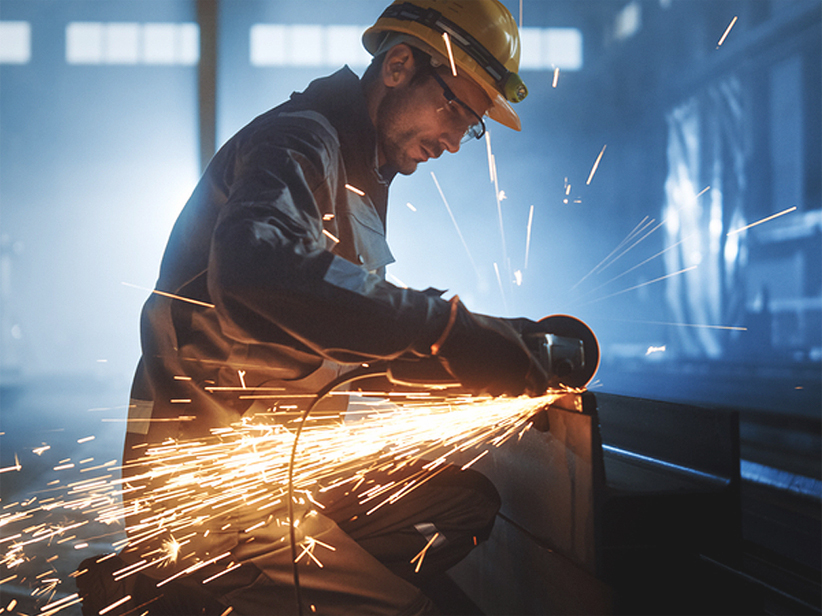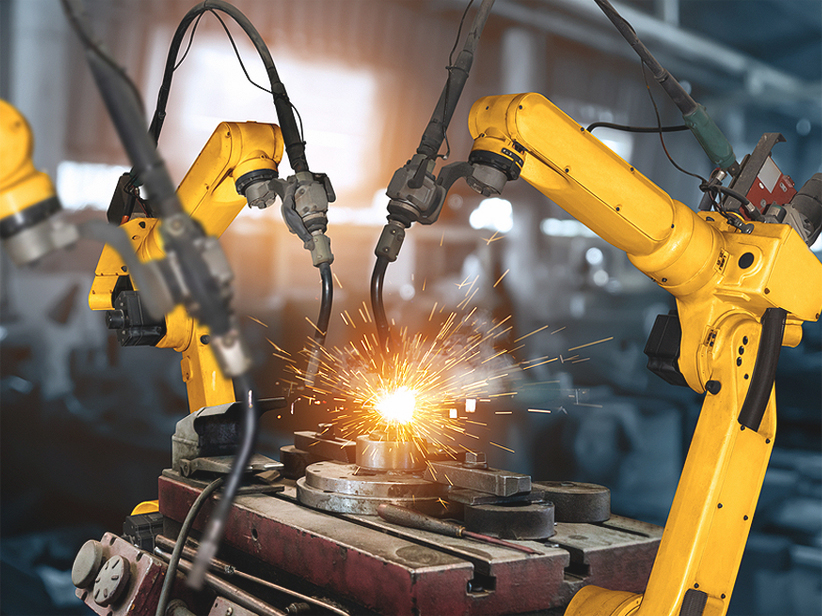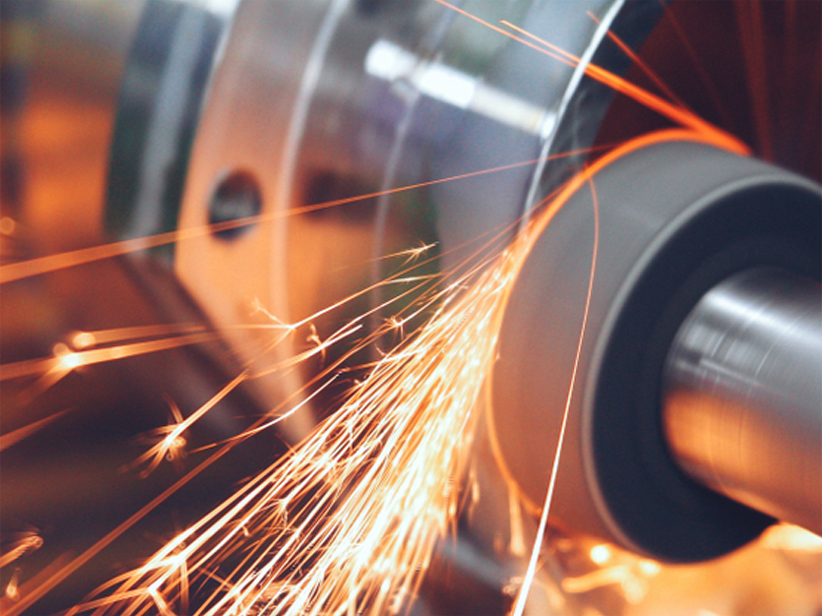IMPORTANCE OF STAINLESS STEEL IN THE MODERN AVIATION INDUSTRY
Air travelling has become an integral part of our routine lives today. Once considered a luxury, now transiting via flights is easily preferable even for working-class people. Consequently, the quality of safety and security in an aircraft has improved with this rising demand. It has been predicted in a recent study that you’re three times more likely to lose your life in a car system failure than in a plane system failure. This feat was initially achieved by using aluminium as a primary metal for structural design and stainless steel was used for minuscule parts.
However, with the development of new steel alloys and forms which exhibit superior hardness, strength, density, malleability, ductility, elasticity, brittleness, conductivity, thermal expansion, and other properties vital for optimal aircraft design, stainless steel has now become a prominent part of essential aircraft parts.
Properties such as lighter weight, corrosion resistance and easy machinability made aluminium a logical choice for aircraft designing.
But the most important aspect of an aircraft has to be its ultimate tensile strength (UTS) for carrying hundreds of passengers under extreme atmospheric conditions. In this aspect, some stainless steel alloys exhibit a much higher tensile strength when compared to aluminium alloys in use.
For example, the aluminium alloy 6061-T6 has a UTS of 310 MPa (45,000 psi), whereas the SS alloy grade 304 has a UTS of 505 MPa (73,200 psi).
Even if SS alloys are heavier than aluminium alloys, other properties inculcated in SS alloys surpass other metals. Some of these essential properties are discussed below.
At higher altitudes, there are several threats an aircraft can face. Corrosion due to humidity, extreme climatic conditions, and the sheer weight of the passengers and the fuel altogether.
Super-Austenitic steels which are a composition of carbon, chromium, and nickel can maintain their structure at a widely varying range of temperatures with excellent resistance to stress-corrosion cracking.
And as aeroplanes continually travel across the world in varied environmental conditions, they greatly benefit from high-performance steels which display supreme corrosion resistance in atmospheric, pure water, alkaline, and marine water environments.
Stainless steel alloys facilitate easy fabrication, where machining and welding aircraft parts become much faster and more precise. Higher accuracy levels can be achieved with SS alloys making the final aircraft parts more sturdy and durable.
And last but never the least, when it comes to ensuring the safety of passengers, stainless steels also possess superb heat and fire resistance along with extreme impact resistance, an important factor while considering the risk of a crash landing.
Grade 304 SS is known to be weldable, formable, and machinable with good corrosion resistance and hence is widely used for forming various parts.
Grade 321 SS, which is alloyed with titanium can remain stable in temperatures as high as 800 to 1500°F.
Grade 316 is popularly used for aircraft in marine environments.
Grade 410 SS, a martensitic alloy, is perfect for parts that must withstand high stress with good corrosion resistance and tensile strength.
Precipitation hardening stainless steels such as 13-8, 15-5, 17-4, and 17-7 provide even higher levels of corrosion resistance and strength than the martensitic steel alloys.
There are several aerospace applications where stainless steel alloys can surpass aluminium alloys in terms of performance and durability. Some parts are already made from Stainless Steel, while many others are on their way to be moulded from the same. Some of the most prominent uses of SS in Aircraft include:
The aircraft fuel tanks which are exposed to extremely corrosive chemicals and materials are made of SS alloys. They are also able to withstand high temperatures and protect the tanks from any structural damage.
The fasteners, which are often considered as the weakest link in any structure, are designed with the strongest SS alloys and used in linking parts such as the landing gear, the wings, the engines, the cockpit, etc. stainless steel wires and tubes are also extensively used in aerospace designing.
The corrosion resistance and higher temperature tolerance properties of stainless steel can ensure a long and efficient life for aircraft engines.
This part requires absorbing extreme impact stress and friction which the high tensile strength and shear modulus of stainless steel alloys can easily endure
Using SS parts in superstructures can greatly help reduce the risk of failures while enduring less damage to the lives of the passengers and the aircraft in the event of a crash.
If you’re looking for a stainless steel manufacturer who is widely known to supply high-quality grades of stainless steel rod and bars, then Venus Wire has everything you need. Being one of the top exporters of stainless steel bars and rods across European and Asian countries, Venus Wire can provide comprehensive solutions for all your structural SS needs. Visit the Venus Wire website to learn more about their high-end products.







